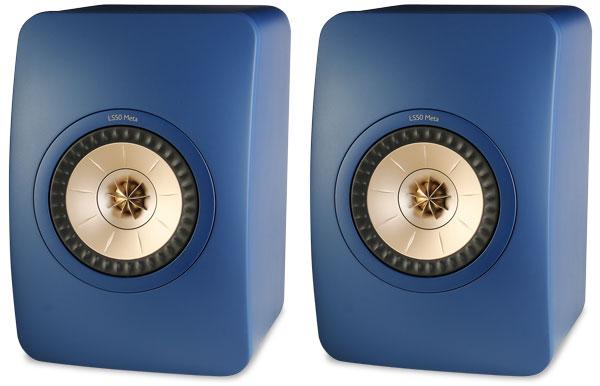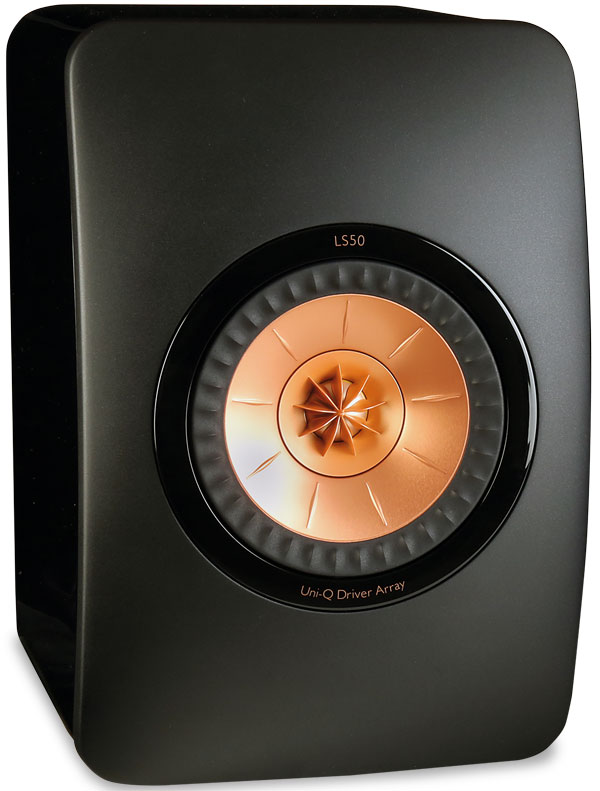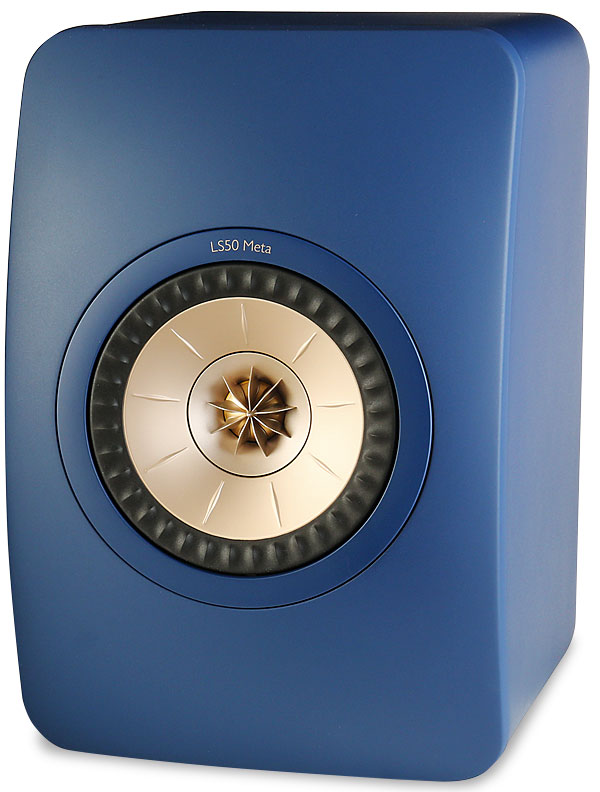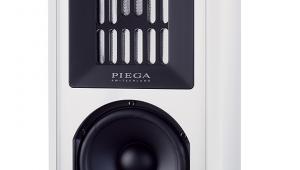KEF LS50 Meta Loudspeaker

 After nearly a decade in production, KEF's iconic LS50 compact monitor has been comprehensively updated. We compare the original with the latest 'Meta' variant
After nearly a decade in production, KEF's iconic LS50 compact monitor has been comprehensively updated. We compare the original with the latest 'Meta' variant
Hardly a curse, but it's still a massive challenge for any manufacturer to improve on a smash hit. I don't care if you're talking about cars, cameras or cookers – whatever the classic, the follow-up is metaphorically referred to as 'that difficult second album'. KEF faced this with the LS50 which (terrifyingly) will be ten years old in 2022. In the interim, there have been active and wireless versions of the speaker, but the passive original [HFN Jul '12] is a much-loved default purchase in the under-£1000 sector. The new LS50 with the Meta suffix (£999) is KEF's The Godfather Part II. Yes, it's really that good.
Still Magnificent
Many of you read these reviews in the order they are printed but I would ask you, instead, to pause here. Please go directly to PM's technical description of 'Metamaterial', then the interview with design prodigy Jack Oclee-Brown, followed by the Lab Report. This foreknowledge is the only way one can even begin to appreciate precisely what KEF has achieved here, and there is also the £200 price differential between the outgoing LS50 and the LS50 Meta to address.
I emphasise here that the original remains both a magnificent and affordable speaker, while pointing out that an additional £200 in this sector is a huge percentage increase for an entry-level or financially-restricted customer. I say this so as not to create anxiety in those audiophiles who think their lives have been diminished because a new model 'something' has arrived, and there are tens of thousands of owners of passive LS50s. While I've used LS50s since they first appeared, they are one of many speakers I have for reference.

Side Effects
To prepare for this test, I set up the standard LS50s in a system of components relative in their value and lived with the speakers for a week and nothing else before the review samples of the LS50 Meta arrived. I won't say I had forgotten how good they are, but it had been a few months since I had last fired up the LS50s for review purposes. That Uni-Q concentric driver is something special.
Dual- and tri-concentric units had been around for years, not least the Tannoy and later Thiel designs, when KEF first unleashed its version in 1988. The company's long-serving chief engineer Laurie Fincham, now with THX, explained, 'When you were making a regular two- or three-way speaker, there was always a spacing between the drivers, which meant you had to make a compromise, either vertically or horizontally. So you had the problem with bookshelf speakers – were they on their side or were they standing up? They could only work well in one orientation'.
Forming A Q
Fincham credits the arrival of rare-earth magnet technology as the enabler, crucial as KEF was not considering coaxial speakers the size of Tannoy's drivers. 'A dealer told me about this new magnetic material… composed of neodymium, iron and boron. It was very small and had ten times the energy, so I was intrigued. I said, "It's so small that we can make a coaxial speaker".'
Size wasn't the only benefit. 'I also realised that with the Uni-Q, I could make a loudspeaker system that didn't have a box. What I mean by that, if you'd ever seen the earlier ones, the crossover was on the back of the driver so you could test the whole thing separately. Much more importantly, when you put it into a cabinet, it's just four screws to connect it up and the job's done. You don't have to put a crossover in – lots of different things – all in one go.'

KEF has now used Uni-Q drivers in all manner of loudspeakers, including the Egg lifestyle mini-speaker, but one insider tells me the technology's evolution into the 'tangerine' drivers, seen first in models like the Blade (2009), had its greatest impact in the original LS50. For the LS50 Meta, irrespective of the attention deservedly being paid to the labyrinthine meta-material disc, the drive unit itself has been revised extensively, as has the cabinet. As PM explained, this is effectively the '12th generation' Uni-Q in just over 30 years.
Side-by-side, it's almost impossible to tell the difference, beyond the change of the driver's colour from orange/copper to a more muted hue. I prefer this less bling-y choice, but the LS50 Black would be my preferred look. Here's where a cutaway and a view of the back help to reveal the interior changes, as well as revisions to the back panel.
The port opening is now flush to further reduce turbulence, and the cavities in the corners for the baffle retention bolts have been eliminated. I'm not sure if these have impact on the sound, but the rear surface is now slightly domed, while a step between the rear panel and the cabinet sides has been introduced.
![]() Rise And Shine
Rise And Shine
While PM measured a slight difference in sensitivity, it wasn't noticed when switching between the two, so I was able to treat the LS50 and the LS50 Meta equally in that respect. Stands were 24in tall, and the positioning was as per the instructions, firing straight ahead. I also experimented with toe-in and found that had its own virtues, but for the remarks that follow here, I stuck with KEF's preferences.
























































